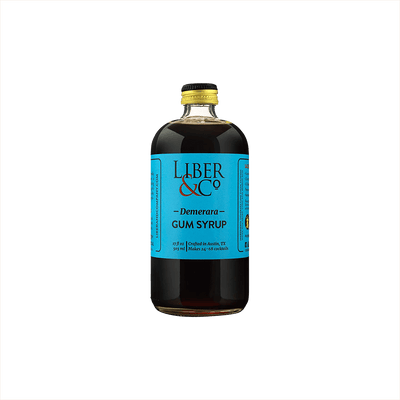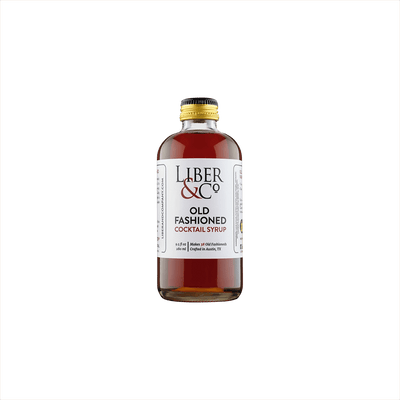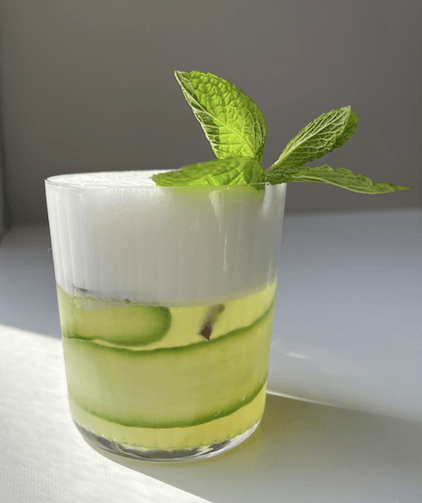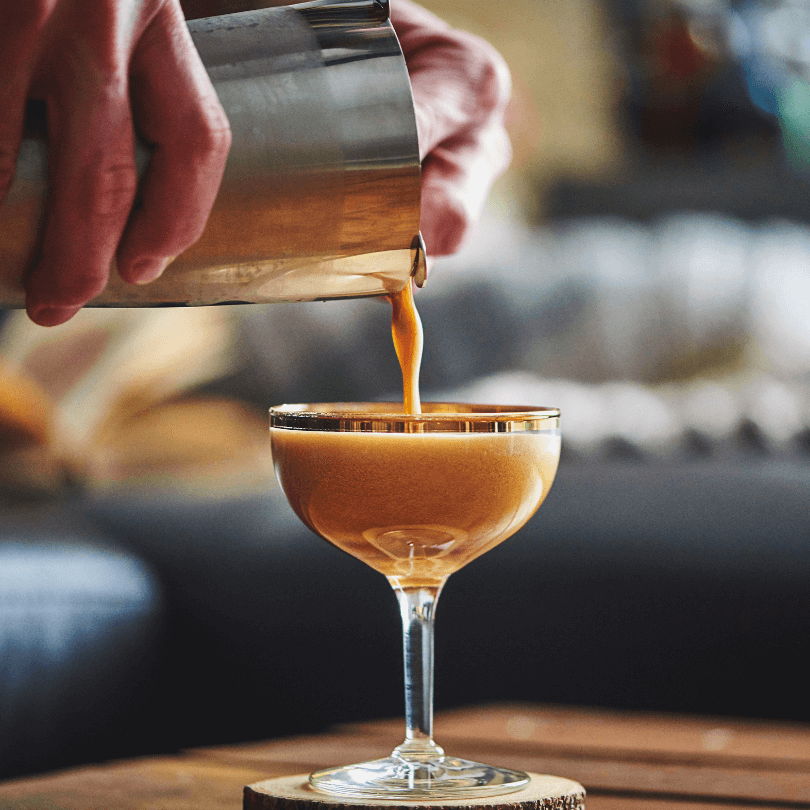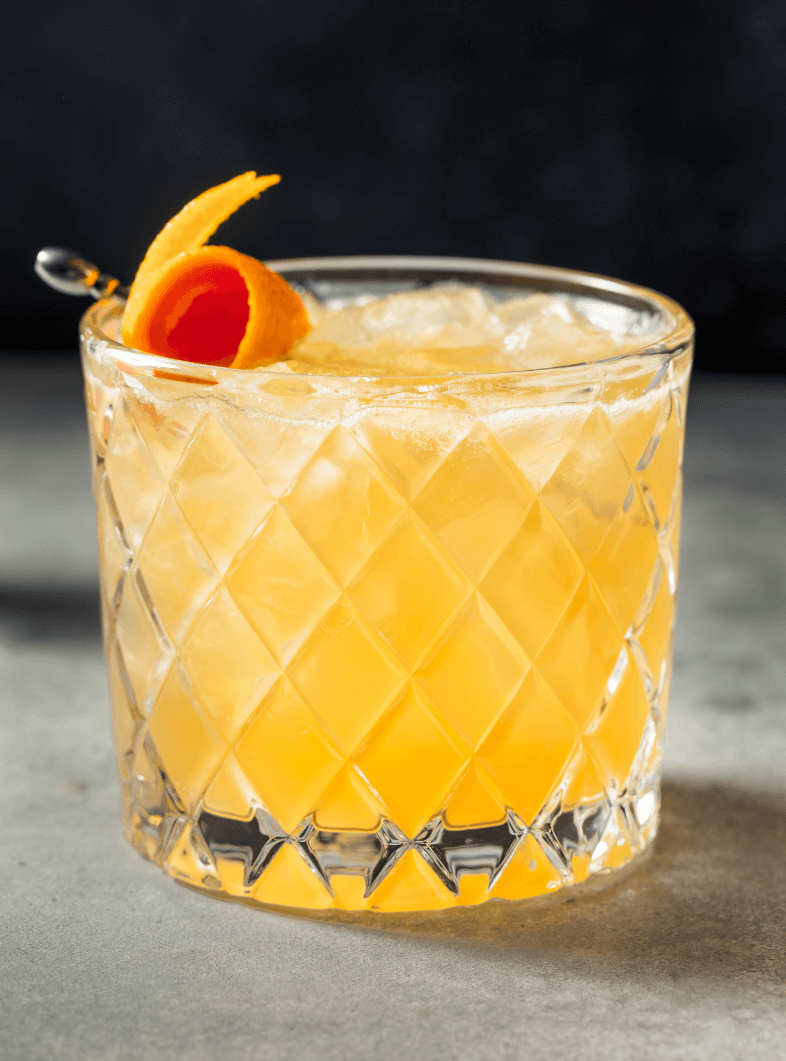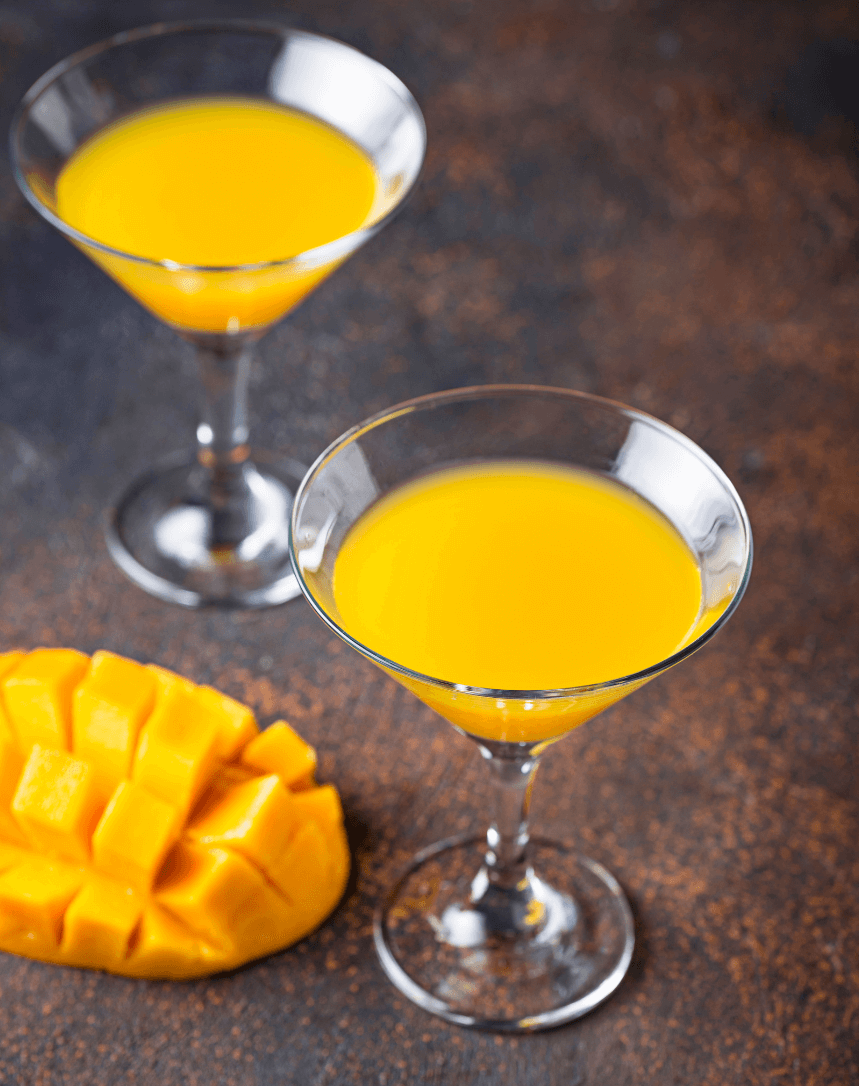Sweet & Sugar Syrup
What is Sweet & Sugar Syrup?
Sweet & sugar syrup represents the foundation of all Syrups used in cocktail making, created by dissolving granulated sugar in water to form a clear, viscous liquid. This basic syrup serves as the building block for countless variations, from rich demerara simple syrups to flavored iterations infused with herbs, spices, or fruits. What defines sweet & sugar syrup is its ability to seamlessly blend into cold cocktails while providing consistent sweetness and body that granulated sugar simply can't match.
Learn More About Sweet & Sugar Syrup
What makes Sweet & Sugar Syrup unique?
Sweet & Sugar Syrup stands apart from other cocktail syrups through its pure, clean sweetness that doesn't compete with or mask the base spirits in your drinks. Unlike flavored syrups that add their own personality, or specialty syrups like orgeat or grenadine that bring distinct characteristics, this syrup serves as the perfect neutral sweetening agent that lets your whiskey, rum, or gin shine through unobstructed. Its balanced viscosity and neutral profile make it the go-to choice for classic cocktails where you want sweetness without any additional flavor notes clouding the mix.
How is Sweet & Sugar Syrup made?
Simple syrup starts with equal parts granulated sugar and water heated together until the sugar completely dissolves, creating what bartenders call "1:1 simple syrup." For a richer sweetness, many prefer "2:1 rich simple syrup" using two parts sugar to one part water, which provides better texture and longer shelf life. The mixture needs just enough heat to dissolve the sugar—no boiling required—then it's cooled and stored in the refrigerator for up to a month.
How do you drink Sweet & Sugar Syrup?
Sweet & Sugar Syrup isn't meant to be consumed on its own - it's a cocktail ingredient designed to add sweetness and body to mixed drinks. You'll find it working behind the scenes in classic cocktails like Old Fashioneds, Whiskey Sours, and Daiquiris, where it balances the bite of spirits with smooth sweetness. This versatile syrup shines in both shaken citrus-forward cocktails and stirred spirit-forward drinks, making it a year-round staple that adapts beautifully to seasonal ingredients and occasions from summer garden parties to cozy winter nightcaps.
How do I choose a good Sweet & Sugar Syrup?
The key to selecting the right sweet syrup lies in matching its flavor profile and sweetness intensity to your cocktail's base spirit and other ingredients. Rich, robust syrups like demerara or muscovado work beautifully with aged rums and whiskeys, while lighter simple syrups let delicate gin botanicals shine through without competition. Consider the syrup's viscosity too – thicker syrups like honey syrup add body and mouthfeel to shaken drinks, while thinner simple syrups blend seamlessly into stirred cocktails without affecting the drink's texture.
Nutritional Information
Typical Calorie Range per Ounce: 60-80 calories
Typical Carbohydrate Range per Ounce: 15-20 grams
Typical Sugar Range per Ounce: 15-20 grams
Typically Gluten Free: Yes
Sweet and sugar syrups are generally gluten-free since they're made from sugar and water, but always check the detailed product information on specific brands to confirm gluten-free status, especially if you have celiac disease or severe gluten sensitivity. Some manufacturers may process their products in facilities that also handle gluten-containing ingredients.
Scrolled this far? Your reward? Sweet & Sugar Syrup Trivia!
- Bartenders in 1800s New Orleans created "gomme syrup" by adding gum arabic to simple syrup, creating a silky texture that made cocktails feel richer on the tongue. This forgotten technique is why old cocktail recipes often taste flat when made with modern simple syrup – they were designed for that extra body and mouthfeel that gomme provided.
- The Cuban government actually standardized sugar ratios for mojitos during the 1940s tourism boom, requiring bars to use a 2:1 sugar-to-lime ratio in their simple syrup. This wasn't about taste – it was economics. Too little sugar meant tourists complained about sour drinks, but too much sugar made the rum less prominent, defeating the point of showcasing Cuban spirits.
- Demerara sugar syrup changes flavor based on water temperature when dissolved. Hot water extraction pulls out molasses notes that create almost chocolate-like undertones, while cold-process demerara syrup tastes purely of caramel and vanilla. Most bartenders don't realize they're making completely different products depending on their method.
- Agave syrup isn't actually made from the same part of the plant as tequila. While tequila comes from the piña (heart) of the agave, commercial agave syrup typically comes from the salmiana agave species and is extracted from the leaves and stems. This means your "agave margarita" might contain zero actual tequila-related agave.
- Rock candy was the original cocktail sweetener in American bars, not liquid syrup. Bartenders would place a small piece in each drink and let customers stir it themselves. The switch to liquid syrups only happened in the 1880s when ice became cheaper than the labor required to break and measure rock candy for each individual cocktail.
Higher-proof spirits can be intense. Mix carefully, taste thoughtfully, and enjoy responsibly.
Gift message (optional)

